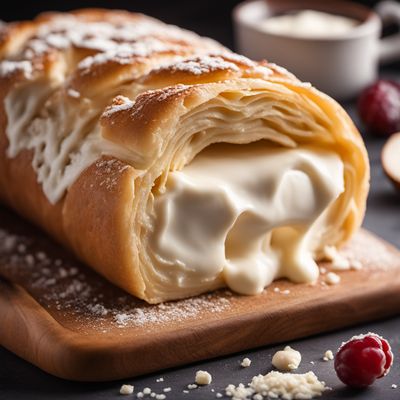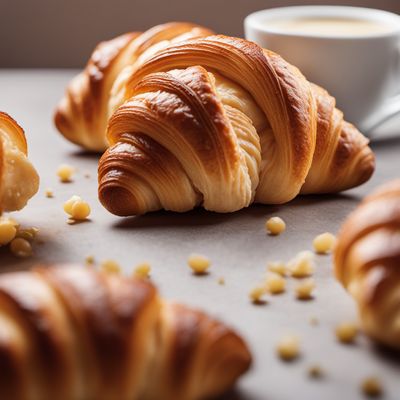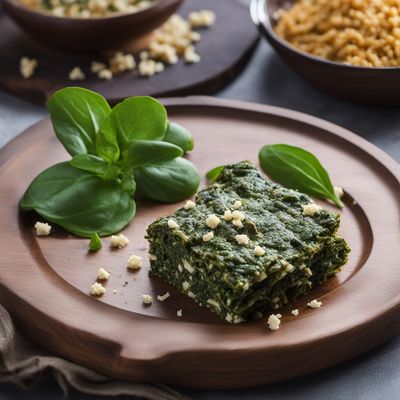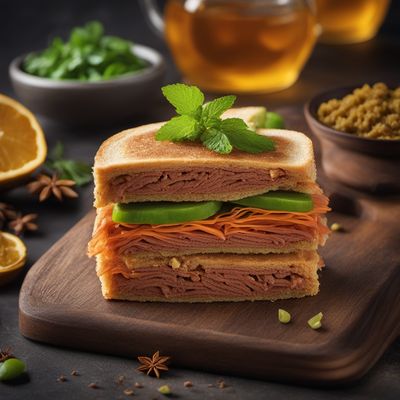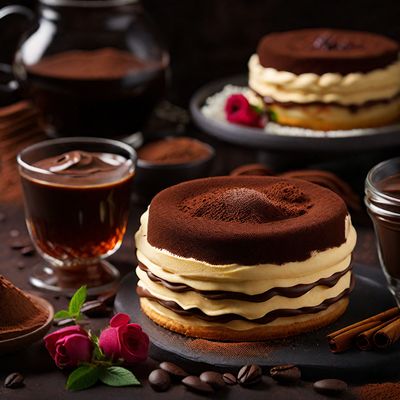
Ingredient
Baklava
The Irresistible Sweet Treat: Baklava
Baklava is made by layering thin sheets of phyllo pastry with a mixture of finely chopped nuts, such as pistachios or walnuts, and sweetened with a fragrant syrup made from honey, lemon juice, and spices. The pastry is then baked until golden and crispy, creating a dessert that is both crunchy and sticky.
Origins and history
Baklava has a long history that dates back to ancient times, with its exact origin still debated among different cultures. It is believed to have been developed in the Ottoman Empire and has since become a beloved dessert in many Middle Eastern and Mediterranean countries.
Nutritional information
Baklava is a calorie-dense dessert due to its high sugar and nut content. It is also a good source of healthy fats, protein, and dietary fiber from the nuts.
Allergens
Nuts, such as pistachios or walnuts, are commonly used in baklava, making it unsuitable for individuals with nut allergies.
How to select
When selecting baklava, look for pieces that are evenly layered, with a golden-brown color and a crisp texture. Freshly made baklava should have a slightly sticky syrup that holds the layers together. Avoid baklava that appears dry, overly greasy, or has a stale taste.
Storage recommendations
To maintain the freshness and crispness of baklava, store it in an airtight container at room temperature. Avoid refrigerating baklava, as it can cause the pastry to become soggy.
How to produce
Baklava is typically made by skilled pastry chefs or specialized bakeries due to its intricate preparation process. However, with patience and practice, it is possible for amateur bakers to recreate this delicious dessert at home using pre-made phyllo pastry sheets and following a detailed recipe.
Preparation tips
Baklava is traditionally served as a dessert on special occasions, such as weddings, festivals, and holidays. It can be enjoyed on its own or paired with a scoop of ice cream or a cup of hot tea or coffee.
Culinary uses
Baklava is commonly found in Middle Eastern and Mediterranean cuisines, particularly in countries like Turkey, Greece, Lebanon, and Iran. It is also popular in various other countries due to its unique and indulgent flavors.
Availability
Baklava is available in Middle Eastern grocery stores, specialty dessert shops, and some bakeries worldwide.
